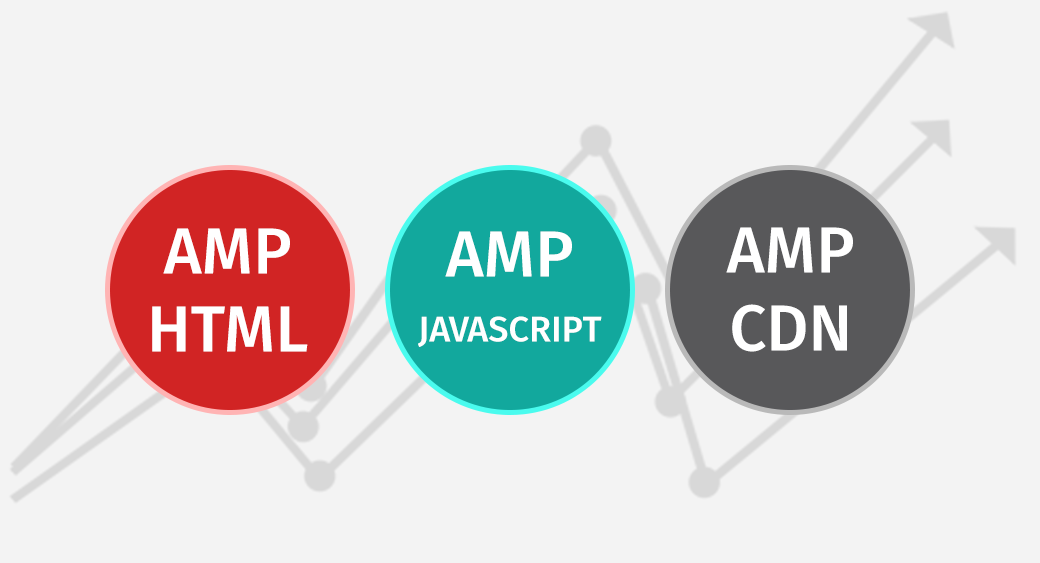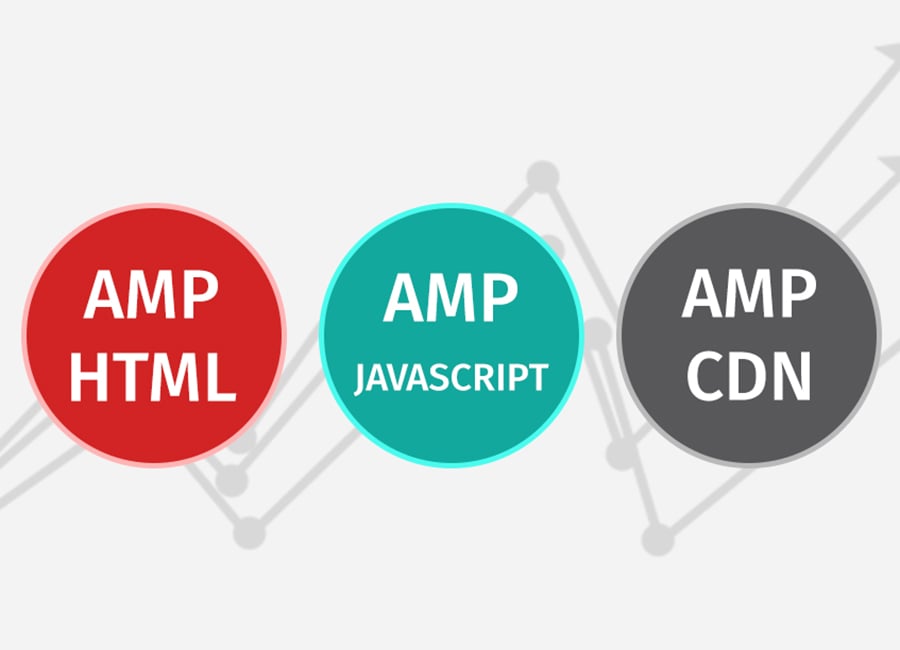There has been too much talk about the need for mobile web pages to be optimised for better search results. Ever since Google came out with its directive to rank mobile pages based on their performance and loading speed apart from the ever-present considerations about the content, mobile websites always measured their steps. To address this concern for the mobile websites ultimately a consolidated approach arrived and we call it Accelerated Mobile Pages (AMP).

Accelerated Mobile Pages (AMP) has already emerged as a crucial ranking factor for many mobile websites. Having some crucial characteristics like faster loading speed for multiple devices and optimisation for easy mobile viewing, Google accelerated mobile pages is already a big reality now. Dubbed as AMP SEO how these new type of optimisation for the mobile web can work, we will see in the due course of this post.
What is Accelerated Mobile Pages (AMP)?
Accelerated Mobile Pages or AMP represents a kind of open-source standard of programming web pages for mobile websites. The principal aim of AMP pages is to ensure faster loading time for web pages on mobile. Just because the resources of a website that opens on the desktop are heavier and numerous they make the loading speed suffer. On the other hand, a vast majority of desktop page elements are actually irrelevant for mobile viewers. Considering all these AMP pages are created by stripping off unnecessary elements and by boosting the loading speed.

Why are Accelerated Mobile Pages important?
If you are not absolutely a starter on the web, you must have known how loading speed plays a crucial role in building traffic and retaining them. It has been seen that an average user quite a web page if it does not load within 2 to 3 seconds. Mobile viewers are more impatient and restless than their desktop counterparts. This is why it is crucial to delivering them the needful as quickly as possible.
Google Accelerated Mobile Pages are crucial for mobile users because while moving out a person are likely to experience lesser loading speed. Moreover, because of the hectic nature of using mobile devices on the go, the contents need to be delivered faster. All these requirements make AMP mobile pages an obvious outcome.
Who needs AMP most?
While AMP mobile pages offer an array of advantages, they cannot fit for all kinds of needs. For instance, any website will find converting a service page into AMP detrimental to their design scheme. Similarly, the whole point of landing page design can be lost if it is converted into AMP. So, neither everyone nor all web pages need AMP. AMP SEO expressly works for mobile pages requiring faster loading and quick mobile viewing of contents.
Now let us face the question. Which types of websites require AMP most? Obviously, the business websites with only service pages and pages featuring their business deliverables can be exempted. On the other hand, AMP pages are mostly required by websites that publish contents on a regular basis. Sites that produce and publish contents frequently must cater to their mobile audience with appropriate loading speed and mobile responsiveness. One can also convert a website partially to AMP pages, especially the blog section of any website.
How is AMP done?
So, you have come to know what Google Accelerated Mobile Pages amount to. But if you are thinking how to take advantage of this new SEO approach for your mobile users, here we can guide you doing this in a comprehensive manner. But to begin with, you must know that more than 5000 developers are presently working in the Google Accelerated Mobile Pages program of GitHub and thanks to such rigorous effort AMP is making web pages awesomely crisp for mobile users worldwide.
While converting mobile pages with AMP, the following elements in the web structure are changed.
AMP HTML: It is basically a redesigned version of the HTML built to respond to the AMP-specific commands.
AMP JS: This is an AMP-specific Javascript structure allowing asynchronous loading of external resources.
AMP CDN: This is the AMP-specific Content Delivery Network which will help cache contents for fast-paced mobile delivery.
AMP SEO is done by stripping the markup language to build simple and fast loading pages. Increasingly building an AMP version of web pages is becoming a practice thanks to the wide-ranging benefits including search ranks, user engagement, and higher retention.
To what extent Google AMP can affect search results?
We already target these things as web professionals like domain authority, page authority, organic traffic, etc. Now many of these quotients of search engine optimisation can experience a positive effect on AMP SEO in place with full rigor. AMP mobile pages can affect many aspects of user experience. It happens while they are searching the web or accessing a web page on mobile devices. It can be a ranking factor but mostly in an indirect manner. For instance, Google in its latest algorithm values mobile user experience as a contributing factor to the search rank and AMP unmistakably plays a role in boosting this user experience.
Instead of affecting the ranking of pages directly, AMP affects page clicks, impressions. It makes an impact on overall user experience to a great extent. That, in turn, makes the user experience better. If you look at the latest turn of the events you can see how Google is giving priority to above-the-fold News carousel which in turn is underplaying organic search results and pushing up AMP pages. So, it is clear now that if you have not boarded the bandwagon of AMP yet, your search results can suffer tremendously.
As a judgmental statement, we can easily say that AMP is here to stay simply because it gives value to the single most important thing of the present web: mobile user experience. This is why mobile websites and web pages have to focus more on the above the fold contents for quick viewing of contents like news carousel. AMP boosting the quicker impression and clicks will continue to remain a factor for booth search ranking and retention of web traffic.
